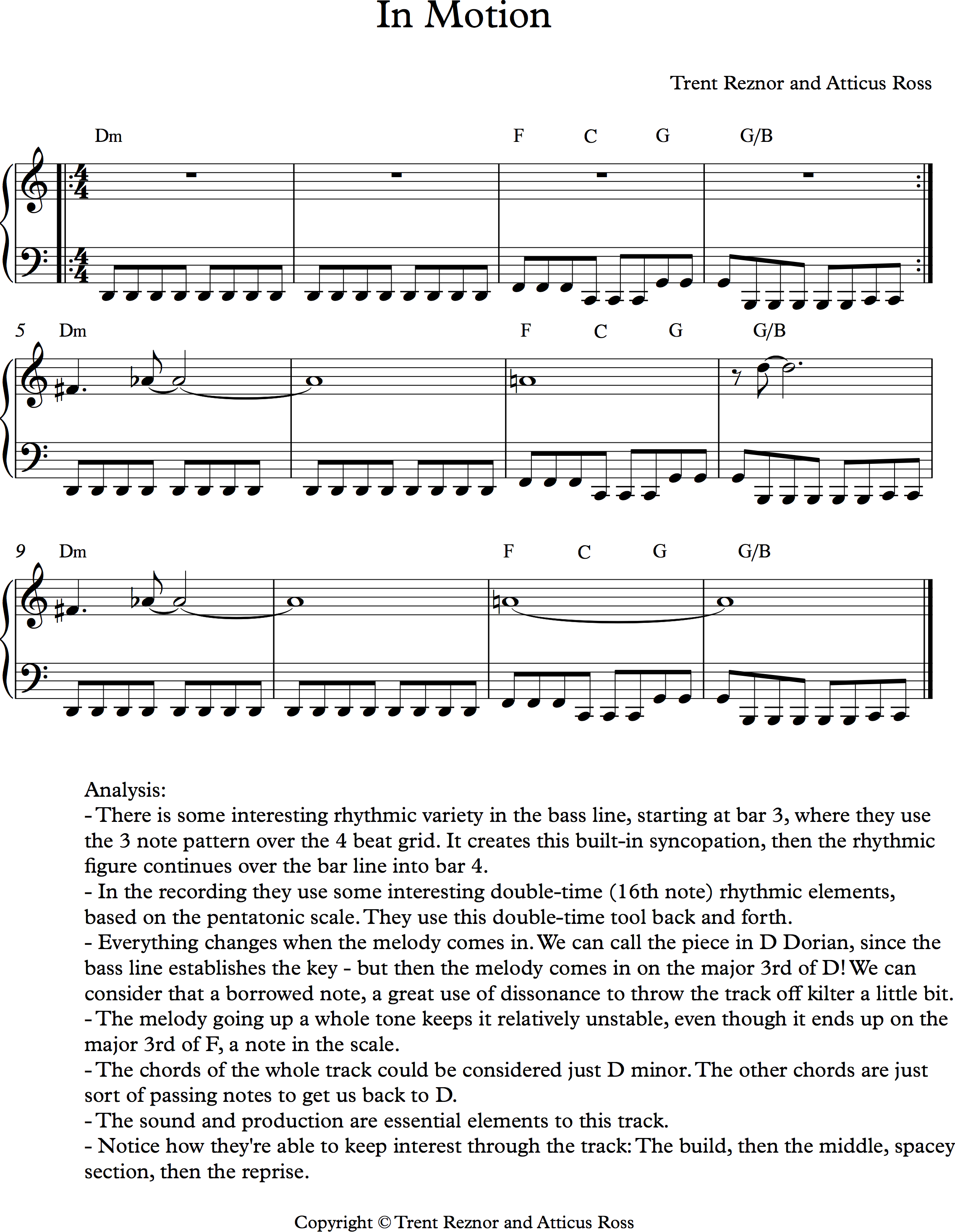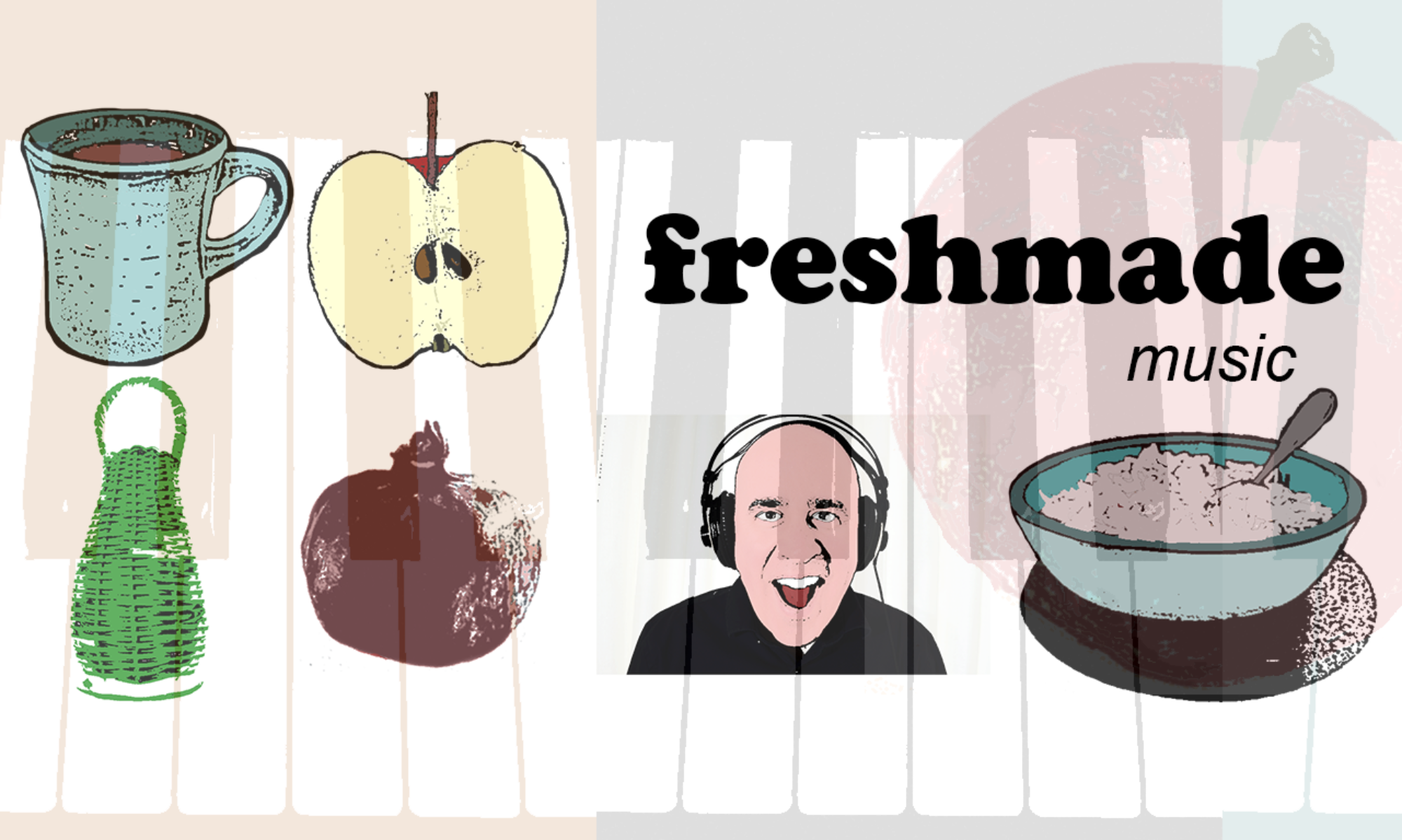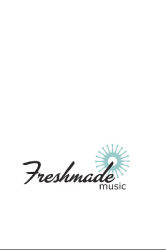I’ve done a quick analysis of “In Motion” by Trent Reznor and Atticus Ross from the Social Network Soundtrack. You can hear the tracks here:

– There is some interesting rhythmic variety in the bass line, starting at bar 3, where they use the 3 note pattern over the 4 beat grid. It creates this built-in syncopation, then the rhythmic figure continues over the bar line into bar 4.
– In the recording they use some interesting double-time (16th note) rhythmic elements, based on the pentatonic scale. They use this double-time tool back and forth.
– Everything changes when the melody comes in. We can call the piece in D Dorian, since the bass line establishes the key – but then the melody comes in on the major 3rd of D! We can consider that a borrowed note, a great use of dissonance to throw the track off kilter a little bit.
– The melody going up a whole tone keeps it relatively unstable, even though it ends up on the major 3rd of F, a note in the scale.
– The chords of the whole track could be considered just D minor. The other chords are just sort of passing notes to get us back to D.
– The sound and production are essential elements to this track.
– Notice how they’re able to keep interest through the track: The build, then the middle, spacey section, then the reprise.

